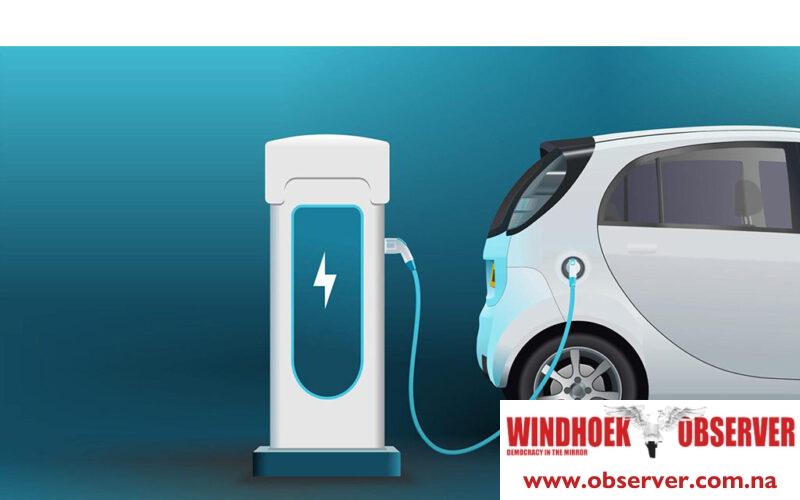Chamwe Kaira
Namibia can learn from countries like Thailand and Brazil, where early adoption of electric vehicles (EVs) was driven by affordable models and supportive infrastructure, not just income levels.
A report by Simonis Storm Securities said the rise of Chinese EV brands globally aligns with Namibia’s increasing preference for Chinese vehicles.
This presents a chance for local dealerships and financiers to position themselves early in the EV shift.
The report pointed to fuel price volatility, environmental concerns, and investment in home-charging incentives, smart tariffs, and public infrastructure as key drivers that could speed up EV adoption in Namibia.
It recommended that policymakers include EV incentives, tax relief, and infrastructure plans in broader energy and transport strategies to keep pace with regional and global developments.
Vehicle sales data for May 2025 showed Namibia’s continued preference for Japanese and German brands, while also highlighting the fast growth of Chinese automakers in the local market.
Japanese brands remained in the lead, with 607 units sold, accounting for 60% of total sales in May. This was down from 772 units, or 62.1%, in April 2025. So far this year, Japanese brands hold a market share of 63.3%, slightly higher than the 62.4% recorded over the same period in 2024.
Toyota continues to lead with popular models such as the Hilux (246 units), Corolla Cross (66 units), and Fortuner (45 units). While Toyota’s reputation for reliability and affordability supports its dominance, the month-to-month drop in sales suggests increasing pressure from lower-cost competitors.
German manufacturers made a comeback in May, selling 124 units and capturing a 12.3% share, up from just 33 units in April. Volkswagen led with 85 units, followed by Mercedes-Benz with 27.
Chinese brands maintained their growth, with 118 units sold in May, equal to an 11.7% market share. This was a significant rise from the 4.8% share recorded in May 2024.
“This marks a sharp rise from just 4.8% during the same period in 2024. The market is being reshaped by brands like Haval, which recorded 154 units year-to-date and has consistently maintained around 4% market share since 2021,” the report stated.
Simonis said the Namibian vehicle market is shifting toward value-driven purchasing. While Japanese brands, especially Toyota, still dominate with a 60% share, the decline in monthly figures and growing competition point to early signs of change.
“At the same time, Chinese automakers have emerged as serious contenders, growing their market share from 4.8% in May 2024 to 11.7% in May 2025. This reflects growing consumer willingness to consider alternatives that combine affordable pricing, modern design, and increasingly reliable after-sales support,” the report said.
The report noted that this shift presents new opportunities across the automotive value chain. Dealerships can expand their stock to include high-demand Chinese models like Haval, Omoda, Jetour, and Jaecoo. Financiers can offer flexible credit tailored to price-sensitive buyers entering the mid-tier market.
“Service providers can benefit by building capacity in servicing newer brands and ensuring the availability of parts. Going forward, brands that successfully balance cost efficiency with practicality and service accessibility will be best positioned to grow their footprint in Namibia’s evolving vehicle market,” the report said.




